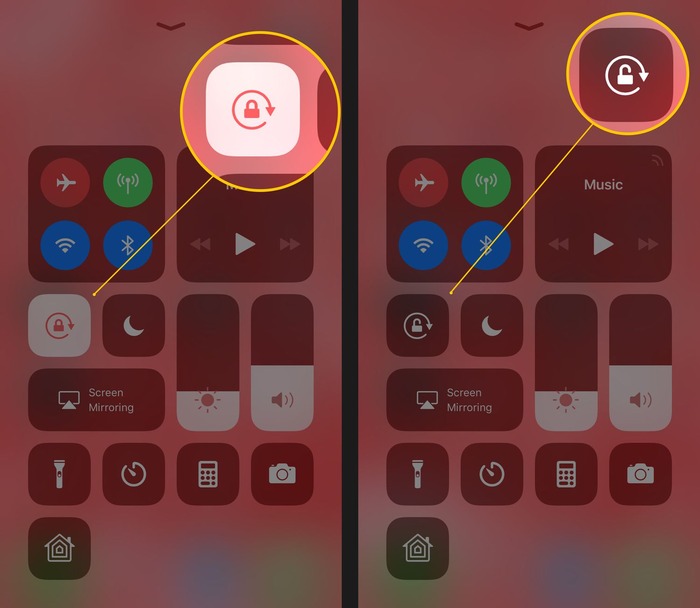Typically, your iPhone’s display adjusts by tilting the device. The screen transitions between vertical and horizontal layouts if the rotation lock is off.
Watching a video in full-screen mode on platforms like YouTube or Apple TV+ can also trigger a shift in orientation.
However, an alternative lets you modify the screen direction without altering your phone’s position.
This option proves handy when the device rests on a surface, or you cannot physically rotate it. Below is a step-by-step manual on how to enable this feature.
Adjusting the Screen Orientation Without Moving the iPhone
Apple provides an accessibility function that allows users to modify screen positioning without tilting their phones.
This makes orientation control more convenient.
Follow these instructions to activate this setting:
- Launch Settings on your iPhone.
- Scroll and tap Accessibility.
- Find and select Touch.
- Enable AssistiveTouch.
After enabling AssistiveTouch, you can manually adjust the screen’s positioning through the virtual menu.
Rotating the Display Using AssistiveTouch
Once AssistiveTouch is switched on, use these steps to alter the screen layout:
- Open an application where you wish to change the view.
- Tap the AssistiveTouch button on the display.
- Select Device from the menu.
- Choose Rotate Screen.
- Pick one of the four available orientations:
- Portrait (Standard upright format)
- Portrait Upside Down (Inverted vertical mode)
- Landscape Left (Horizontal view with buttons positioned on the right side)
- Landscape Right (Horizontal view with buttons aligned on the left side)
Repeat the process and select the original orientation to reset the screen layout.
Alternatively, physically turning the device will also restore its default alignment.
Preventing Automatic Screen Rotation
If you want to stop the screen from automatically shifting, lock the orientation with these steps:
- Swipe down from the upper-right corner to access the Control Center.
- Tap the Rotation Lock symbol (a padlock with a circular arrow).
- When enabled, the screen will remain fixed in its current layout.
- To disable it, tap the icon once more.
When to Use Manual Rotation
Utilizing manual orientation adjustment can be beneficial in several instances:
| Scenario | Advantage |
| Phone placed on a surface | Change the display position without shifting the device |
| Using it while lying down | Prevents unwanted auto-rotation |
| Watching media content | Set a fixed layout for better viewing |
| Accessibility needs | Simplifies screen control for users with mobility challenges |
By enabling this function, you gain greater flexibility over your screen layout without depending on automatic transitions.
Conclusion
If unwanted screen rotation is an issue, enabling AssistiveTouch provides an efficient solution. It allows you to manually reposition the display without physically moving the iPhone.
Enrolling the Rotation Lock can prevent the screen from switching layouts when the device tilts.
Try out this feature to enhance your device usage!






